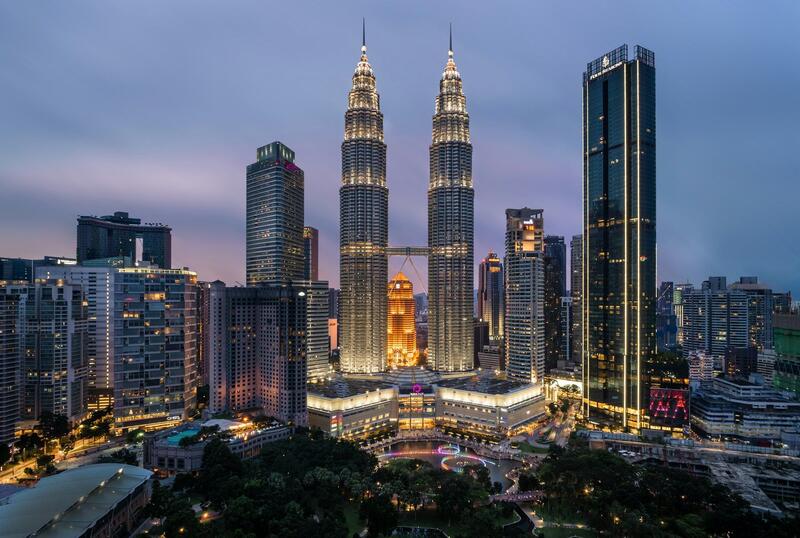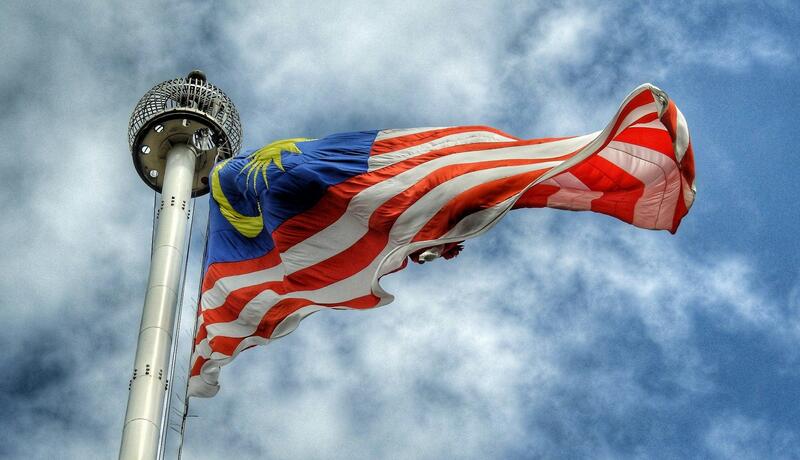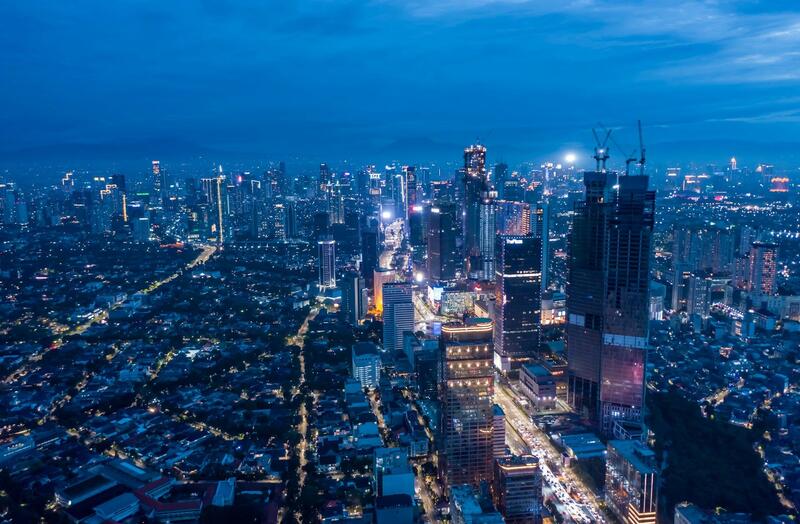
Inception: | January 1, 1857 |
Website: | https://www.dbkl.gov.my |
Capital of: | Japanese occupation of Malaya, Federated Malay States, Federation of Malaya, Malaysia |
Continent: | Asia |
Area: | 243.65 km2 |
Population: | 2.0 million |
Time zone: | UTC+08:00 |
Kuala Lumpur, often referred to as KL, is the capital city of Malaysia and one of the most dynamic urban centers in Southeast Asia. Known for its modern skyline, cultural diversity, and vibrant atmosphere, Kuala Lumpur serves as the economic, cultural, and transportation hub of Malaysia.
Geography: Located in the western part of Peninsular Malaysia, Kuala Lumpur is situated within the Klang Valley, surrounded by the Titiwangsa Mountains to the east and bordered by Selangor state. The city’s strategic location has contributed to its growth as a major economic and commercial center in the region.
History: Kuala Lumpur has a fascinating history that dates back to the 19th century when it was founded as a tin mining settlement by Chinese and Malay prospectors. The city experienced rapid development during British colonial rule and emerged as the capital of the Federated Malay States in 1896. After Malaysia gained independence in 1957, Kuala Lumpur continued to grow rapidly, evolving into the modern metropolis it is today.
Culture: As a melting pot of cultures, Kuala Lumpur reflects Malaysia’s diverse ethnic and religious composition. Malay, Chinese, Indian, and indigenous influences blend harmoniously, shaping the city’s cultural landscape. Visitors can explore vibrant neighborhoods such as Chinatown, Little India, and Kampung Baru, each offering its own unique sights, sounds, and flavors.
Economy: Kuala Lumpur is the economic heart of Malaysia, driving the country’s growth as a global business and financial center. The city is home to numerous multinational corporations, financial institutions, and government agencies. Key industries include finance, banking, tourism, manufacturing, and information technology, making Kuala Lumpur a magnet for business and investment.
Landmarks and Attractions: Kuala Lumpur is renowned for its iconic landmarks, modern architecture, and cultural attractions. The Petronas Twin Towers, once the tallest buildings in the world, dominate the city’s skyline and are a symbol of Malaysia’s progress and prosperity. Other notable attractions include the Menara Kuala Lumpur (KL Tower), Batu Caves, Merdeka Square, and the Islamic Arts Museum Malaysia.
Challenges: Despite its success, Kuala Lumpur faces challenges such as traffic congestion, urban sprawl, and environmental degradation. Efforts to address these issues include investment in public transportation, urban renewal projects, and sustainable development initiatives aimed at enhancing the city’s livability and resilience.
Conclusion: Kuala Lumpur’s blend of modernity and tradition, diversity and unity, makes it a captivating destination for visitors and a dynamic home for residents. Whether exploring its bustling streets, savoring its culinary delights, or marveling at its architectural wonders, Kuala Lumpur offers a vibrant tapestry of experiences that reflect the spirit of Malaysia.


